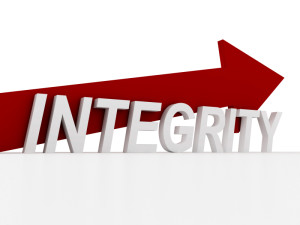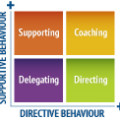 What do we do to ensure we are making training work?
What do we do to ensure we are making training work?
And that the business we are contracting to gets it’s return on investment.
And, that we get invited back again.
I’m posting this from Kuala Lumpur International Airport bound for Niarobi for the 2nd module of a training that begun 3 months ago.
It’s with a group of managers in the United Nations from around Africa.
In the intercession period prior to this 2nd module the participants have been coached and carried out individual and group learning projects.
What’s really cool is how well this program works. And there is a reason for that…
Let me explain. One of my Linked in groups asked the question about the sustainability of a training intervention.
I compiled a list from people’s responses and I wanted to share that here to ensure we are ticking all the boxes when it comes to our training and what it is trying to achieve.
So, what can we do to ensure the sustainability of our training:
- Hold meetings and conduct surveys – find out what the training needs are from L&D/HR, participants’ managers, and the participants themselves.
- Tailor the program content to meet these needs. Make sure you have a good mix of experiential activities so participants can readily transfer what they learned from the workshop to the workplace.
- In the post-workshop assessment form, not the happy sheet at the end of the training, ask participants if the program met their individual learning needs and if the skills they learnt will help them improve their on-the-job performance.
- Provide a full debrief on each participant to their respective manager and L&D/HR to help drive on-the-job application and internal coaching if required. If they don’t want to take the time to do that, take the money and get out of there; you’re worth more than that.
- Provide each participant with free post-workshop coaching (via telephone/email) from you; the trainer or facilitator, together with e-learning tools – again to drive on-the-job application. (cost this in to your quote)
- 8-10 weeks after the program check in with participants’ managers to monitor progress and determine if further internal or external training or coaching is required.
Learning sustainability is not the sole responsibility of the trainer//facilitator/coach (and if you make out it is – you’re shooting yourself in the foot)
It needs input and commitment from participants’ managers, the participants themselves and also HR/L&D.
You’re not alone, don’t pretend to be. Buy in from people up the chain is critical to the success of the transfer of the training and ongoing change efforts.
What else can we do to ensure the transfer of training and return on investment for the business that hires us to create change?






